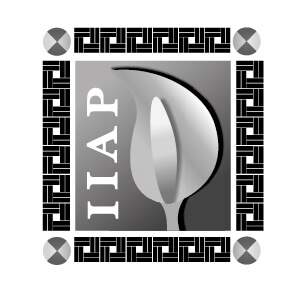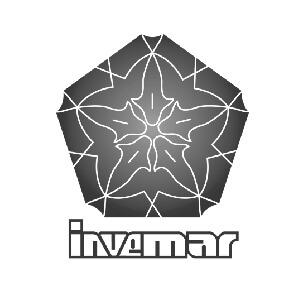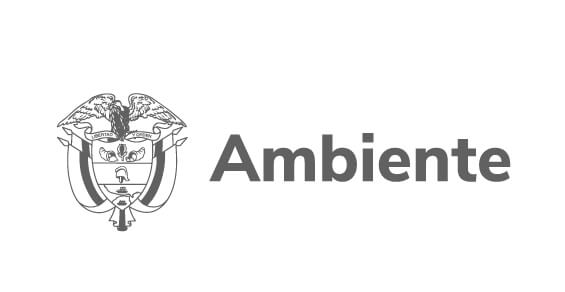GENERAL COLLECTION
This includes most of the botanical specimens, product of the collections made by Sinchi Institute researchers, as well as the exchange of specimens, donation and/or contributions for consultations made to the collection by other herbariums and institutions that carry out research in the Colombian Amazon. At present, it has a collection of about 91,000 specimens, between vascular and non-vascular plants. The size of the collection has quadrupled since the creation of the Sinchi Institute in 1993 (Figure 1). By then, the Herbarium had about 18,300 botanical specimens, mainly from middle Caqueta. From 1994, the geographical coverage was extended, with representative collections from the north and south of the Colombian Amazon, from the eastern Amazon and the Amazon region piedmont, where collections are currently intensifying.
{indicador_11}
Likewise, the number of species present in the General Collection increased significantly since the establishment of the Sinchi Institute, going from 2,300 in 1994 to 7,000 in 2014 (Figure 2). The creation of the Institute involved expanding sampling activities to regions in addition to middle Caqueta, in ecosystems scarcely inventoried floristically until then. The expansion of the geographical coverage of work and research allowed the entry of new species until now not collected and significantly improved the knowledge of the flora of the region.
{indicador_9}
The General Collection of the Colombian Amazonian Herbarium (COAH) is consulted each year by about 80 researchers from different national and foreign institutions, including specialists and undergraduate and graduate students, a fact that has fostered its growth as well as an important level of curatorship reflected in a taxonomic determination of 88% at species, 10% at gender and 2% at family level; which makes it a necessary consultation tool for the identification of the flora of this important region of the country.








